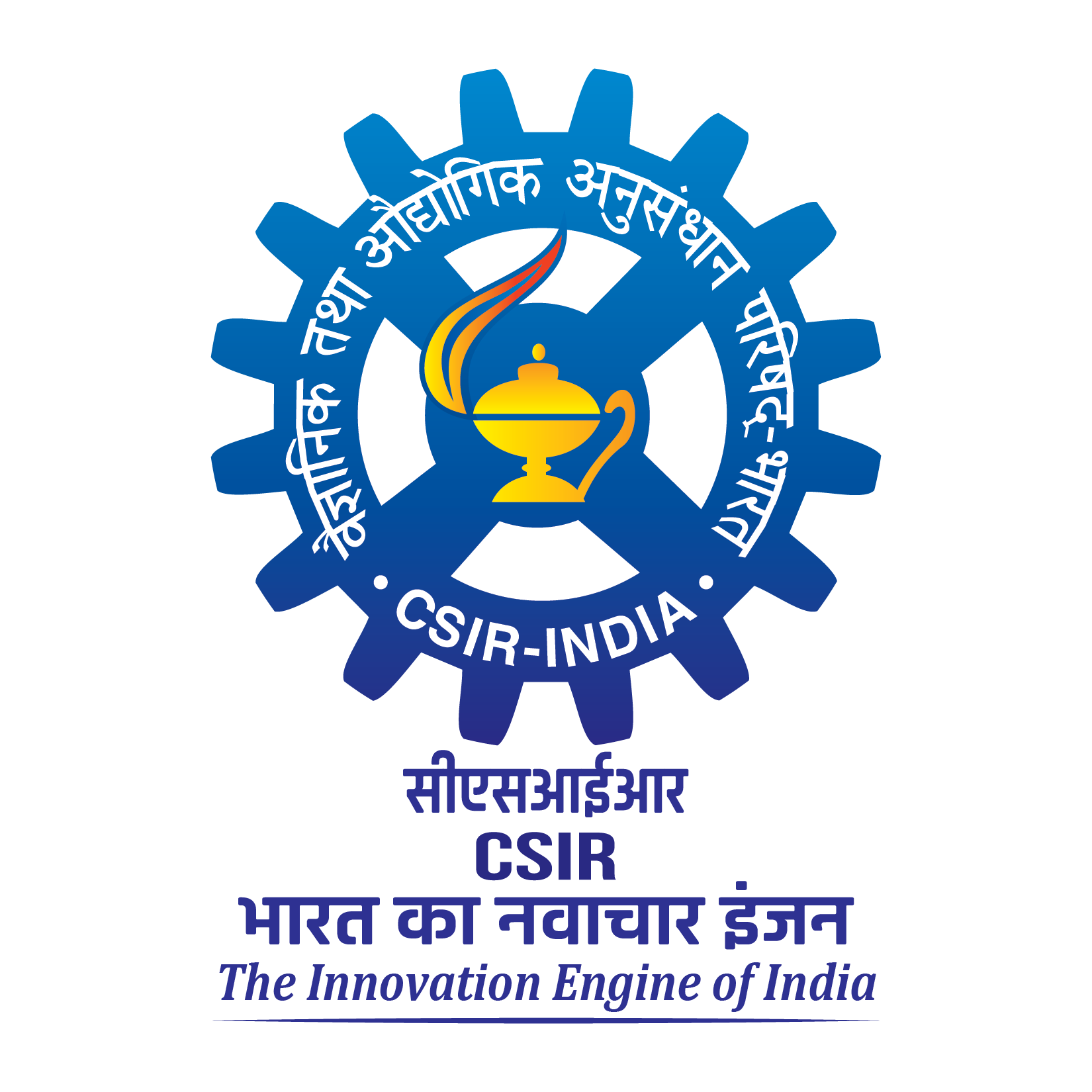by Sridevi Jade, Ramees R. Mir, Chiranjeevi G. Vivek, T. S. Shrungeshwara, I. A. Parvez, Rakesh Chandra, D. Suri Babu, S. Vishal Gupta, Ankit, Siva Sai Kumar Rajana & V. K. Gaur
We present GPS velocities in Kashmir valley and adjoining regions from continuous Global Positioning System (cGPS) network during 2008 to 2019. Results indicate total arc normal shortening rates of ~ 14 mm/year across this transect of Himalaya that is comparable to the rates of ~ 10 to 20 mm/year reported else-where in the 2500 km Himalaya Arc. For the first time in Himalayas, arc-parallel extension rate of ~ 7 mm/year was recorded in the Kashmir valley, pointing to oblique deformation. Inverse modeling of the contemporary deformation rates in Kashmir valley indicate oblique slip of ~ 16 mm/year along the decollement with locking depth of ~ 15 km and width of ~ 145 km. This result is consistent with the recorded micro-seismicity and low velocity layer at a depth of 12 to 16 km beneath the Kashmir valley obtained from collocated broadband seismic network. Geodetic strain rates are consistent with the dislocation model and micro-seismic activity, with high strain accumulation (~ 7e−08 maximum compression) to the north of Kashmir valley and south of Zanskar ranges. Assuming the stored energy was fully released during 1555 earthquake, high geodetic strain rate since then and observed micro-seismicity point to probable future large earthquakes of Mw ~ 7.7 in Kashmir seismic gap.

